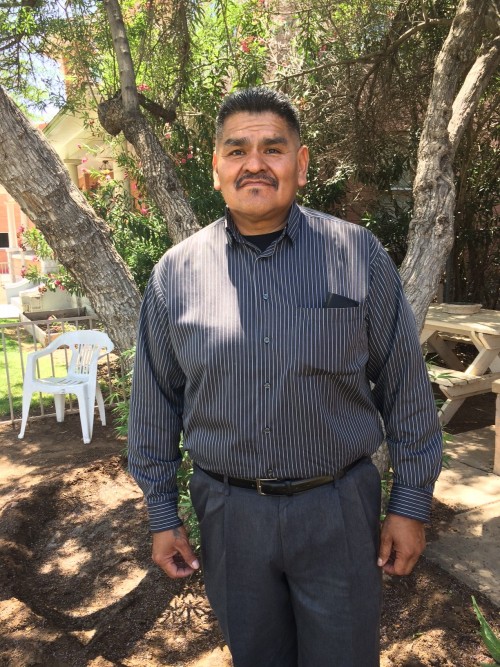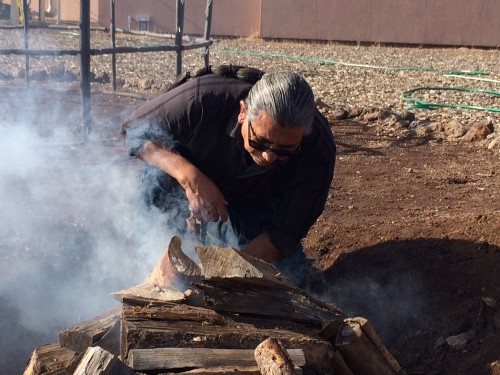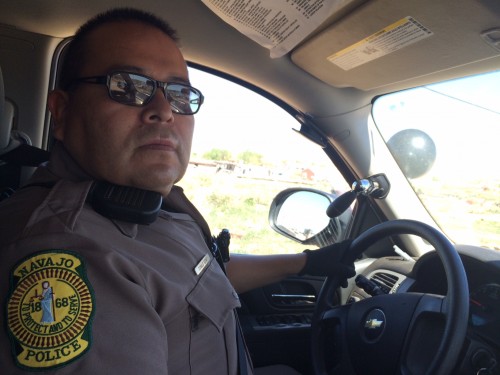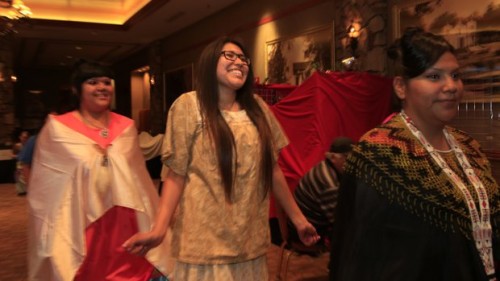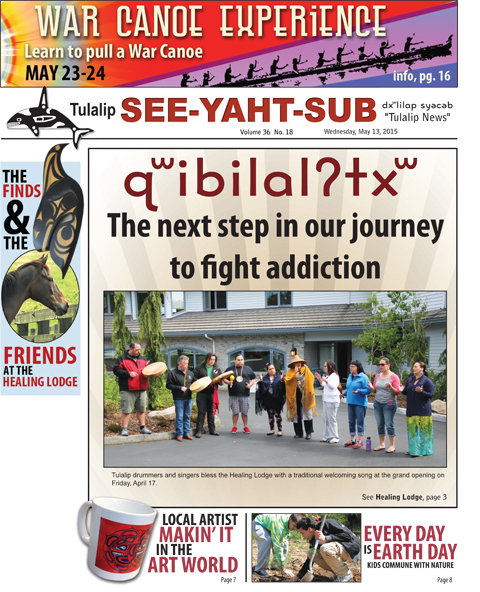By Lauren McSherry, California Healthline
A health care system serving nine American Indian tribes in the Inland Empire is using telehealth to reach patients in remote areas and address rising rates of diabetes, a particular problem among American Indians.
Riverside-San Bernardino County Indian Health serves nine tribes in the expansive Inland Empire region of Southern California. The region encompasses nearly 30,000 square miles, an area the size of Vermont and New Hampshire combined. Patients who live in rural parts of Riverside and San Bernardino counties must travel long distances for health care. Those who live near the Colorado River and in cities such as Needles and Blythe, which lie along the Arizona border, sometimes must travel several hours for specialty care.
“If you think about that vast expanse with an urban corner, it makes all the sense in the world to have all forms of telehealth,” said Mario Gutierrez, executive director of the Center for Connected Health Policy. “Telehealth has always been thought of as a rural tool.”
Indian Health is the largest tribally owned health care system in the state and one of the largest in the West, aside from the Navajo Nation and some tribally owned systems in the Northwest, said Bill Thomsen, chief operations officer. There are more than 50 health systems serving Indians in California, he said.
The health system exclusively serves Indians belonging to nine tribes in the Inland Empire and their eligible dependents. The health care system has seven health centers and 14,000 patients, Thomsen said.
In recent months, Indian Health has rolled out a telehealth project, which is initially focusing on endocrinology to combat high rates of diabetes among tribe members. In San Bernardino County, for example, 13% of American Indian adults suffer from diabetes, and nearly 80% are overweight or obese, according to Healthy San Bernardino County.
“Native Americans are the largest diabetic population in the world,” said Karen Davis, Riverside-San Bernardino County Indian Health’s clinical services director.
Overall, Indians face a scarcity of health care resources and unusually high rates of asthma, diabetes and heart disease. American Indians are 177% more likely to die from diabetes, according to Native American Aid.
Pulmonology, cardiology, gerontology and dermatology will be addressed in the project’s subsequent phases.
The project focuses on specialty care because 45% of the Indian health system’s patients don’t have health insurance, restricting their access to certain medical services, Davis said.
“The value that we have seen is increased access to care, which ultimately affects outcomes,” she said.
Gutierrez said that because of the region’s shortage of specialists, the endocrinology project can have a big impact because it is crucial to diagnose diabetes early and control it, he said.
“The earlier you intervene, the more likely you are to avoid debilitating effects — loss of limbs, eyesight, all those complications that can be prevented,” he said.
‘A Model for the Rest of the State’
Steven Viramontes, clinical applications and telemedicine coordinator for California through the federal Indian Health Service, said implementing telemedicine in rural areas is a “no brainer.” It addresses cultural considerations in providing medical care to American Indians and improves access for patients who would otherwise not be able to receive certain specialized medical and psychiatric services.
“They are taking this on in a stepwise fashion,” he said of the health system’s telehealth project. “And I think that can serve as a model for the rest of the state.”
Davis said cultural awareness is a particularly important component of the project. Patients prefer receiving care through the Indian Health system, rather than seeking specialized care outside of the system, she said. She added that building trust with patients is important.
“We want people who can interact with the patient in an appropriate and sensitive way,” she said.
Diabetes treatment must address cultural influences, such as diet and lifestyle, and providing treatment through a tribal health system ensures much better compliance and understanding among patients, Gutierrez said.
“It’s not just diagnostics,” he said. “It’s education.”
Coordination of Care
Davis said one of the reasons she has become such a proponent of telehealth has to do with improved efficiencies and savings through better coordinated care.
The health system is expanding its pilot project to include more clinics and specialists. The initial project linked three clinics with an endocrinologist who works for a separate Indian health system in Santa Barbara. Through the project, a primary care doctor or nurse and a patient can video conference with a specialist.
Primary care doctors can learn from the specialists by observing how they interact with certain health issues, and when they encounter a similar case, they can handle it more effectively, she said. The health system has found that costs drop because continuity of care is improved and duplication of services and tests is avoided, she said.
In addition to remote locations in the region, another challenge for the health system has been the Inland Empire’s shortage of primary care doctors and specialists, Davis said. Telehealth helps the health system circumvent that problem.
Gutierrez said this type of coordination of care is in step with the medical home model of care. Medical records can be kept in one place, and the primary care provider retains a full record of coordination with the specialist, he said.
Support Growing
While the implementation of telehealth has lagged for financial, regulatory and technological reasons, support for telehealth has been gaining momentum in recent months. Congressional backing for financial provisions for telehealth appears to be growing. In April, a number of senators expressed support for expanding telehealth. Also, an unprecedented number of telemedicine bills are awaiting action.
While California has not led the nation in telehealth implementation, it has remained in the middle of the pack. The American Telemedicine Association gave the state an overall “B” grade for its telehealth delivery and an “F” for its Medicaid coverage of telehealth rehabilitation and home health services, according to a report released May 4.
In California, one obstacle has been access to high-speed broadband in rural areas, Gutierrez said. Another has been cost. A lot of health centers don’t have the money to invest in technology and training, he said. However, he expects that health care reform will drive the adoption of telehealth as health systems move away from the fee-for-service model.
Viramontes sees telehealth as the future. He believes it can benefit Indian health systems across the state. Not only is telehealth a useful tool in rural areas, but it also brings people together to share skills and knowledge, he said.
“We see an opportunity here,” Viramontes said. “This is where we are headed.”


